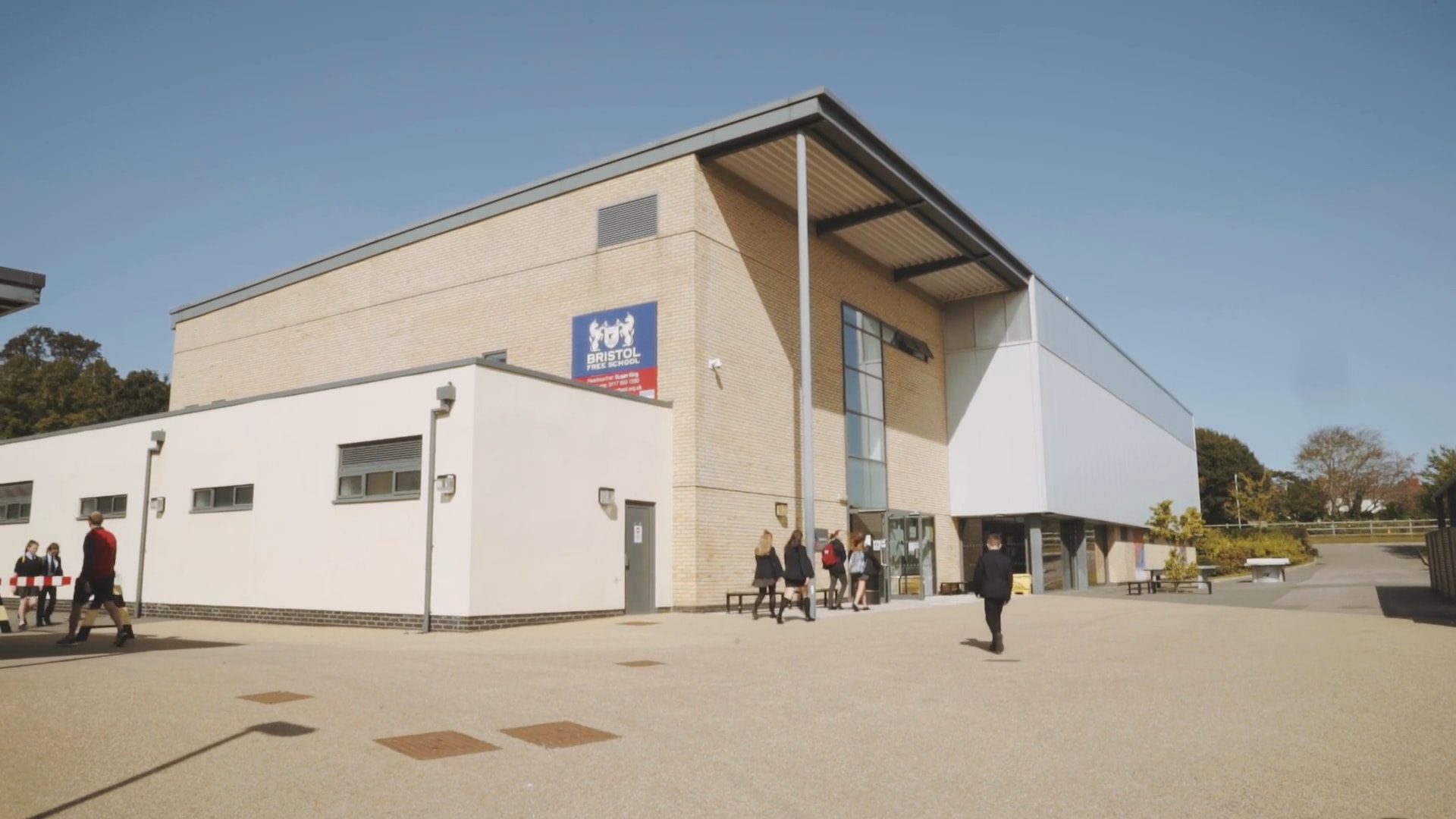
The development of practical skills is a fundamental and integral aspect of the study of any scientific subject. These skills not only enhance learners’ understanding of the subject but also serve as a suitable preparation for the demands of studying biology at a higher level.
This unit is assessed by an end of topic test featuring a range of 'A-level style' questions
All living organisms have similarities in cellular structure, biochemistry and function. An understanding of these similarities is fundamental to the study of the subject. This module gives learners the opportunity to use microscopy to study the cell structure of a variety of organisms. Biologically important molecules such as carbohydrates, proteins, water and nucleic acids are studied with respect to their structure and function.
The structure and mode of action of enzymes in catalysing biochemical reactions is studied. Membranes form barriers within, and at the surface of, cells. This module also considers the way in which the structure of membranes relates to the different methods by which molecules enter and leave cells and organelles.
The division and subsequent specialisation of cells is studied, together with the potential for the therapeutic use of stem cells.
This unit is assessed by the following end of module tests featuring a range of 'A-level style' questions:
2.1 - Cell Structure
2.2 - Biological Molecules
2.3-2.4 Nucleic Acids & Enzymes
2.5-2.6 - Biological Membranes & Cell Division and Diversity
In this module, learners study the structure and function of gas exchange and transport systems in a range of animals and in terrestrial plants. The significance of surface area to volume ratio in determining the need for ventilation, gas exchange and transport systems in multicellular organisms is
emphasised. The examples of terrestrial green plants and a range of animal phyla are used to illustrate the principle.
This unit is assessed by the following end of module tests featuring a range of 'A-level style' questions:
3.1-3.2 - Exchange Surfaces & Transport in Animals
3.3 - Transport in Plants
In this module the learners study the biodiversity of organisms; how they are classified and the ways in which biodiversity can be measured. It serves as an introduction to ecology, emphasising practical techniques and an appreciation of the need to maintain biodiversity. The learners also gain an understanding of the variety of organisms that are pathogenic and the way in which plants and animals have evolved defences to deal with disease. The impact of the evolution of pathogens on the treatment of disease is also considered. The relationships between organisms are studied, considering variation, evolution and phylogeny.
This unit is assessed by the following end of module tests featuring a range of 'A-level style' questions:
4.1 - Communicable Diseases
4.2-4.3 - Biodiversity & Classification